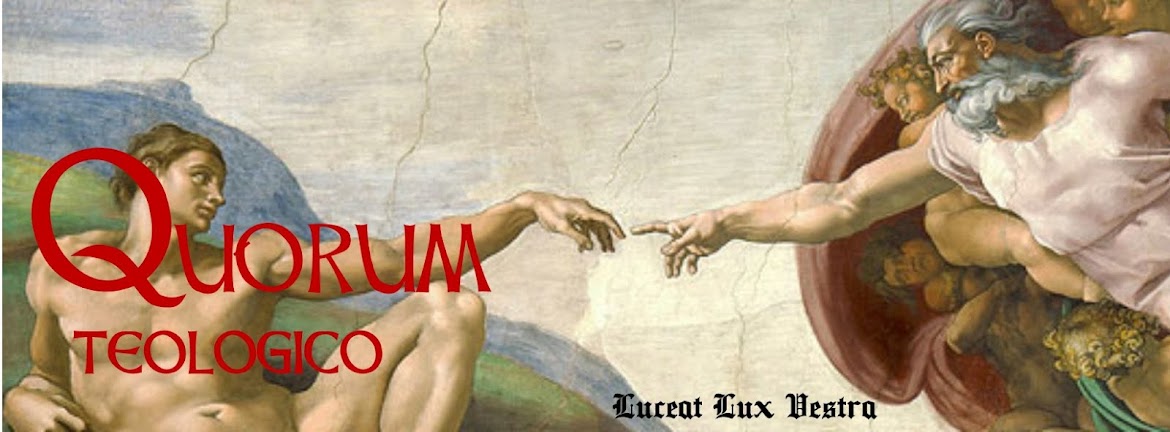MOZART – GREATEST HITS
01 Symphony No. 40 in G Minor, K. 550
I. Molto allegro 00:00
II. Andante 08:10
III. Minuetto. Allegretto 19:07
IV. Allegro assai 23:32
02 Eine Kleine Nachtmusik in G Major, K. 525
I. Allegro 30:09
II. Romanza. Andante 36:10
III. Minuetto. Allegretto 42:47
IV. Rondò. Allegro 45:12
03 Le Nozze di Figaro: Non Più Andrai, Farfallone Amoroso 48:23
04 Piano Sonata No. 11 in A Major, K 331 "Alla Turca": III. Alla Turca 51:42
05 Don Giovanni: Madamina, il Catalogo È Questo 55:20
06 Lucio Silla, K. 135: Ouverture
I. Molto allegro 1:00:40
II. Andante 1:04:24
III. Molto allegro 1:07:11
07 Symphony No. 41 in C Major, K. 551 "Jupiter"
I. Allegro vivace 1:08:51
II. Andante cantabile 1:19:43
III. Menuetto. Allegretto 1:27:59
IV. Molto Allegro 1:32:35
08 Symphony No. 38 in D Major, K. 504 "Prague"
I. Adagio – Allegro 1:41:28
II. Andante 1:54:49
III. Presto 2:03:54
09 Piano Concerto No. 21 in C Major, K. 467
I. Allegro maestoso 2:09:52
II. Andante 2:24:22
III. Allegro vivace assai 2:31:37
10 Flute and Harp Concerto in C Major, K. 299
I. Allegro 2:38:23
II. Andantino 2:48:49
III. Rondò. Allegro 2:56:59
11 Le Nozze di Figaro: Voi che Sapete 3:07:31
12 Die Zauberflöte, K. 620: Ouverture 3:09:45
13 Symphony No. 36 in C Major, K. 425 "Linz"
I. Adagio - Allegro spiritoso 3:16:58
II. Andante con moto 3:27:03
III. Menuetto 3:34:30
IV. Presto 3:37:44
14 Requiem, K. 626
Introitus. Requiem 3:45:14
Kyrie 3:50:35
Sequentia. Dies Irae 3:53:14
Sequentia. tuba Mirum 3:54:55
Sequentia. Rex Tremendae 3:58:31
Sequentia. Recordare 4:00:45
Sequentia. Confutatis & Lacrimosa 4:05:49
Offertorium. Domine Jesu 4:11:24
Offertorium. Hostias 4:15:01
Sanctus 4:19:44
Benedictus 4:21:31
Agnus Dei 4:26:58
Communio. Lux aeterna 4:30:41
Cum Sanctis tuis
# 01, 06-09, 13: Orchestra da Camera Fiorentina, Giuseppe Lanzetta
Piano on # 9: Jorg Demus
# 02: Opole Philharmonic Orchestra, Werner Stiefel
# 03, 05, 11: Moldavian Symphonic Orchestra, Silvano Frontalini
# 04: Giovanni Umberto Battel
# 10: Ursula Mazurek, Opole Philarmonic Orchestra, Silvano Frontalini
# 12: Opole Philharmonic Orchestra, Alexandr Tracz
# 14: Orchestra da Camera Fiorentina, Harmonia Cantata, Giuseppe Lanzetta
Wolfgang Amadeus Mozart (1756–1791) was a prolific and influential composer of the Classical era. Born in Salzburg, he showed prodigious ability from his earliest childhood. Already competent on keyboard and violin, he composed from the age of five and performed before European royalty. At 17, Mozart was engaged as a musician at the Salzburg court, but grew restless and traveled in search of a better position. While visiting Vienna in 1781, he was dismissed from his Salzburg position. He chose to stay in the capital, where he achieved fame but little financial security. During his final years in Vienna, he composed many of his best-known symphonies, concertos, operas, and portions of the Requiem, which was largely unfinished at the time of his death. He wrote more than 600 works, many acknowledged as pinnacles of symphonic, concertante, chamber, operatic, and choral music. He is among the most enduringly popular of classical composers, and his influence is profound on subsequent Western art music. Ludwig van Beethoven composed his own early works in the shadow of Mozart, and Joseph Haydn wrote: "Posterity will not see such a talent again in 100 years".
